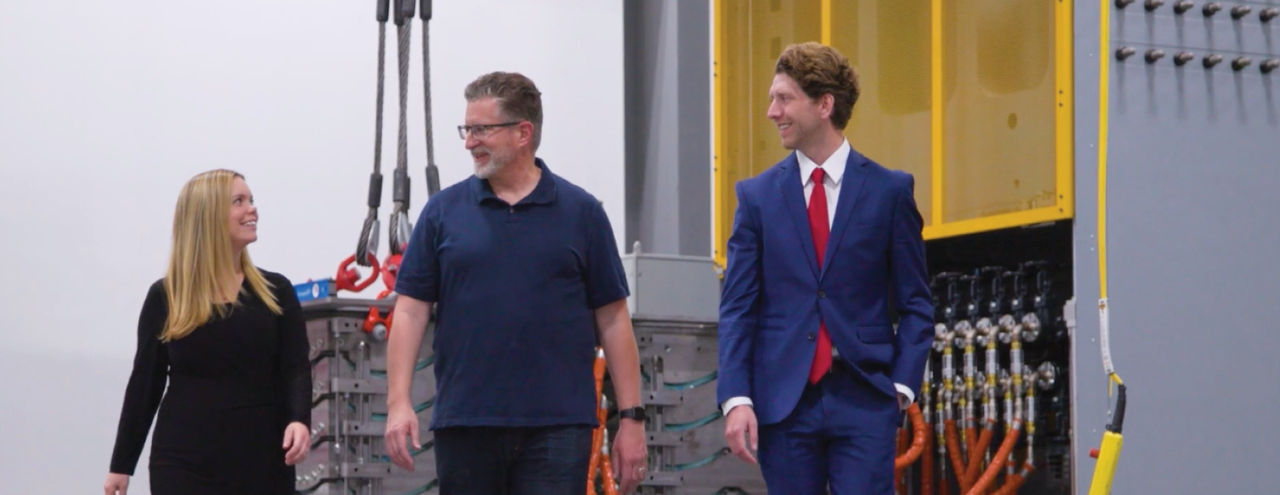It’s smart to evaluate financing early in the planning phase, prior to vendor selection or construction.
Common funding options include using a bank line of credit or engaging an equipment lessor to explore operating and capital lease structures. Starting early helps organizations align payments with vendor contracts, project timelines, and available capital.
Early evaluation also helps you build a more complete budget—factoring in potential costs, contingencies, and financing arrangements. It allows time to secure favorable terms, assess project feasibility, and confirm that commitments are sustainable. Most importantly, it can strengthen your risk management plan, so you're financially prepared for unexpected changes.







